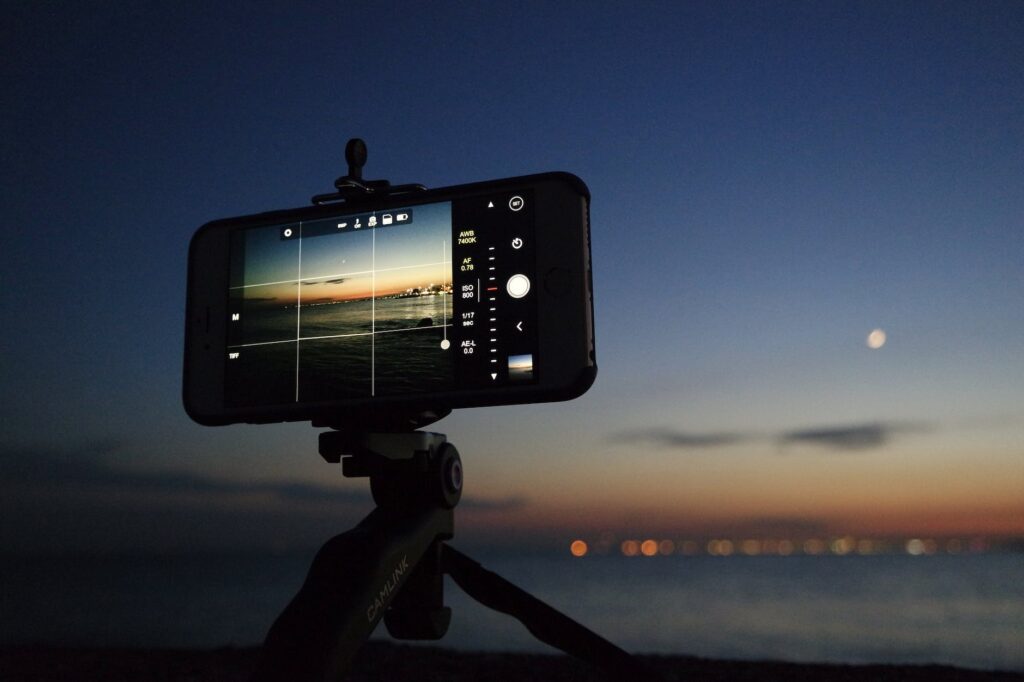
Introduction
Photography is an art form that goes beyond capturing a simple image. The composition of a photograph plays a vital role in creating captivating and visually appealing visuals. Understanding the principles and techniques of composition can elevate your photography skills to new heights. In this blog, Dr. Michael will explore key techniques for mastering the art of composition and creating photographs that truly captivate viewers.
I. Rule of Thirds
The rule of thirds is a fundamental principle in composition that involves dividing the image into a grid of nine equal parts using two horizontal and two vertical lines. By placing key elements along these grid lines or at their intersections, you can create a balanced and visually appealing composition. Experiment with positioning your subject off-center to add interest and draw the viewer’s eye into the frame.
II. Leading Lines
Leading lines are powerful compositional elements that guide the viewer’s gaze through the image. These lines can be actual objects such as roads, fences, or rivers, or they can be implied lines created by patterns, shadows, or curves. Utilize leading lines to create depth, direct attention to the main subject, and add a sense of movement and visual flow to your photographs.
III. Framing and Negative Space
Framing involves using elements within the scene to create a frame around your subject. This technique adds depth and context to your photographs, drawing the viewer’s attention to the main subject. Experiment with natural frames such as archways, windows, or foliage to enhance the visual impact of your composition. On the other hand, negative space refers to the empty or unoccupied areas in your photograph. Strategic use of negative space can create a sense of simplicity, emphasize your subject, and evoke a feeling of serenity.
IV. Balance and Symmetry
Balance and symmetry contribute to a visually pleasing composition. Achieve balance by distributing visual weight evenly throughout the frame. This can be accomplished by positioning elements of different sizes or colors strategically. Symmetry, on the other hand, involves creating a mirror-like reflection or a sense of perfect symmetry within the frame. Symmetrical compositions can evoke a sense of harmony and stability.
V. Depth and Layers
Adding depth to your photographs creates a sense of dimension and invites the viewer to explore the scene. Incorporate foreground, middle ground, and background elements to create layers within the frame. This technique adds depth, visual interest, and a three-dimensional feel to your photographs. Experiment with varying focal lengths and apertures to enhance the perception of depth and create a sense of scale.
VI. Point of View and Perspective
The point of view and perspective from which you capture a photograph can greatly impact its composition. Explore different angles, heights, and vantage points to create unique and engaging compositions. Experiment with shooting from low angles for a dramatic effect, or try an overhead perspective for a fresh and unexpected viewpoint. Don’t be afraid to get close to your subject or step back to include more of the surroundings.
VII. Simplification and Minimalism
Simplifying your composition by removing unnecessary elements can often result in powerful and impactful photographs. Focus on a single subject or a few key elements to create a visually clean and uncluttered composition. Embrace minimalism by using negative space, clean lines, and a limited color palette to convey a sense of elegance and simplicity.
Conclusion
Mastering the art of composition is essential for creating captivating and visually striking photographs. By understanding and applying techniques such as the rule of thirds, leading lines, framing, balance and symmetry, depth and layers, point of view and perspective, and simplification, you can elevate your photography skills and create images that truly engage and captivate viewers. Experiment with these techniques, practice regularly, and develop your unique style to unleash the full potential of your photography. Remember, composition is a powerful tool that allows you to tell stories, evoke emotions, and create visual masterpieces with your camera.